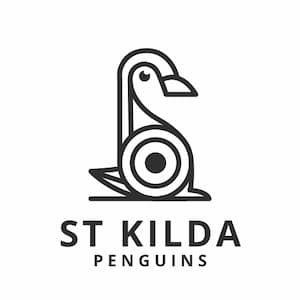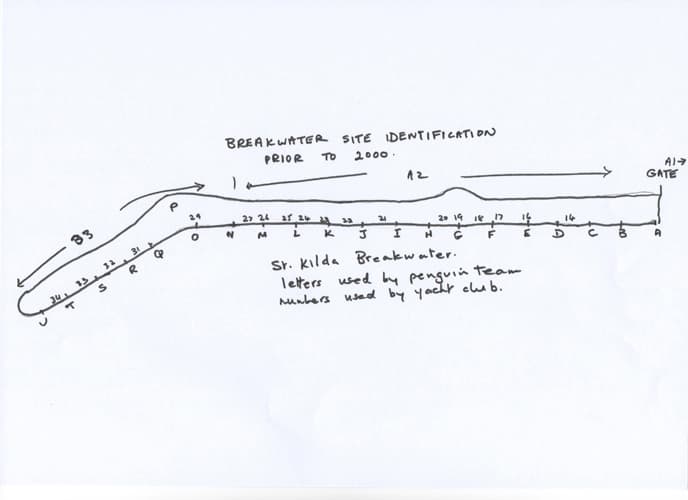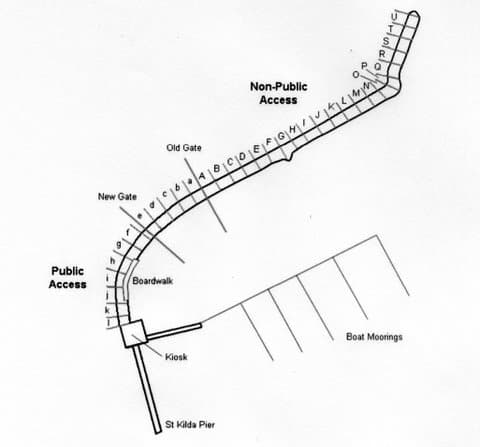In 1986 a proposal to substantially redevelop St Kilda harbour prompted Professor Mike Cullen of Monash University to visit the Breakwater.
The St Kilda Council had offered to commission Mike to provide a report on the penguins.He declined the offer but embarked on a long-term study of the colony.
Between 1986 and 1998 Mike conducted fortnightly trips to St Kilda Breakwater often finishing well after midnight. Always there to help, was Neil Blake from St Kilda council. The Penguin study was the catalyst for the formation of Earthcare St Kilda.
Earthcare members, many students, local residents, and international visitors were inspired by Mike’s commitment and belief that the best solutions are based on good science. The importance of collecting data to support this was paramount. The study has continued since Mike passed away in 2001 and is coordinated by Earthcare St Kilda. The work of Mike Cullen, Neil Blake and Earthcare St Kilda has had a major influence on the management of the breakwater and the neighbouring foreshore.
LOCATIONS ON THE BREAKWATER
The St Kilda Penguin year finishes in April, by this time the adults have finished moulting and the chicks have all fledged. During May and June the research team looks at the accumulated data for the penguin year, May to April, and produces a report on the year’s activities. The data for the tracked penguins will be updated. Sometimes we microchip a penguin and never see it again, sometimes we do not see a penguin for many years.
An important component of the penguin survey is to accurately locate penguins along the 400 metre long breakwater, whether they be captured for analysis or simply sighted and recorded. The position of a penguin along the breakwater is indicated by letters painted on the rocks spaced exactly 20 metres apart.
To further identify the location of the penguin the outer seaward side of the breakwater is location 1, the path along the top2, and the inside wall has three levels 3,4 and5. If the penguin is located in the water it is recorded as level 6. Thus a penguin could be found at A.6.3 or R.1.5. The original lettering system was from the position of the old gate to the end of the breakwater but as the colony expanded into the area from the old gate to the kiosk the current lettering had to be created.The alphabet was changed to lower case from the kiosk to the position of the old gate and upper case letters were used from the old gate to the end of the breakwater.To make things easier on the computer all lower case letters have a z preceding them. A penguin found near the kiosk could have a location like zh.5.1


